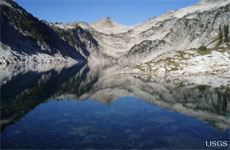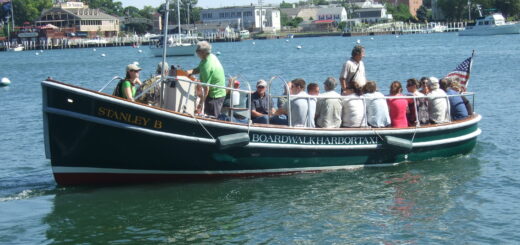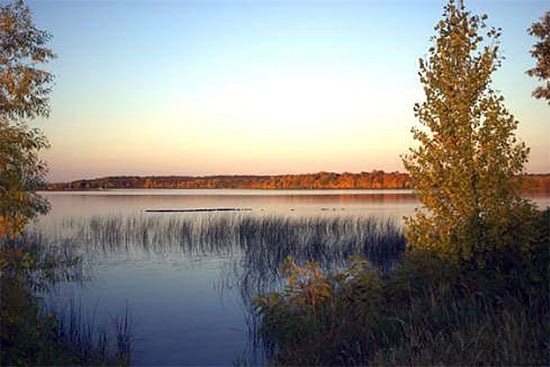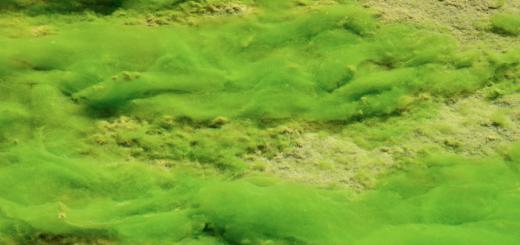Lake Erie Data Buoy Tracks Algal Blooms For Researchers, Gibraltar Island Residents
0A new research buoy deployed on Lake Erie is monitoring algae concentrations in the wake of the Toledo drinking water ban, according to the Toledo Free Press. Scientists with Ohio State’s Stone Lab have launched it off the shores of Gibraltar Island and will use data it provides for education, as well as to keep track of what floats over from the lake’s western basin.
With sensors capable of measuring concentrations of chlorophyll and phycocyanin, the new buoy is “helping us understand when the bloom reaches out by the island and by how much,” said Justin Chaffin, research coordinator at Stone Lab, to the Toledo Free Press. “It’s going to gather scientific information, but will also help people around the islands to know how thick the blooms are.”

Justin Chaffin, left, inspects a new data buoy launched in Lake Erie. (Credit: Stone Laboratory, Ohio State University)
In addition to measuring algal pigments, the data buoy is equipped with sensors to monitor water temperature, pH, dissolved oxygen, conductivity and turbidity. A weather station on its top also tracks wind speed and direction, air temperature and precipitation.
Researchers say the data will help them monitor the middle ground between algae levels that Lake Erie needs to support its abundant fish populations and higher levels of algae that coincide with the release of toxins in its water.

Lake Erie’s western basin as seen from space on August 1, 2014. (Credit: NASA Earth Observatory)
“I think it’s (Lake Erie) getting a bad rap now because of the bad blooms,” said Chaffin to the Toledo Free Press. “Lake Erie never has been or never will be Lake Michigan, but Lake Michigan will never have the walleye or perch. When you get too much algae, it becomes bad, so there’s a tipping point.”
Those interested in checking conditions near Gibraltar Island can view the buoy’s data online, and scientists at Stone Lab are also working to make them available for access on their laboratory’s website.













